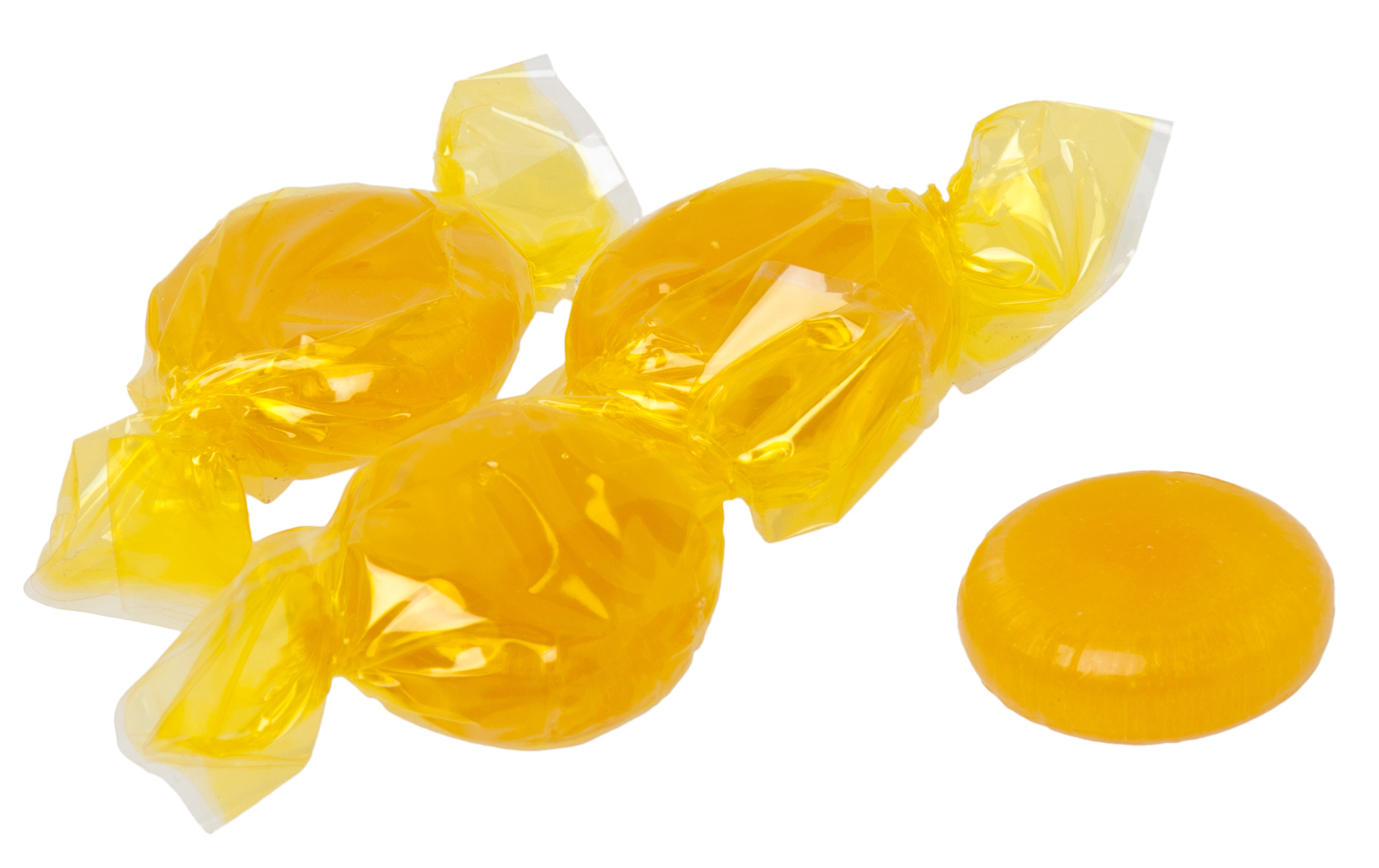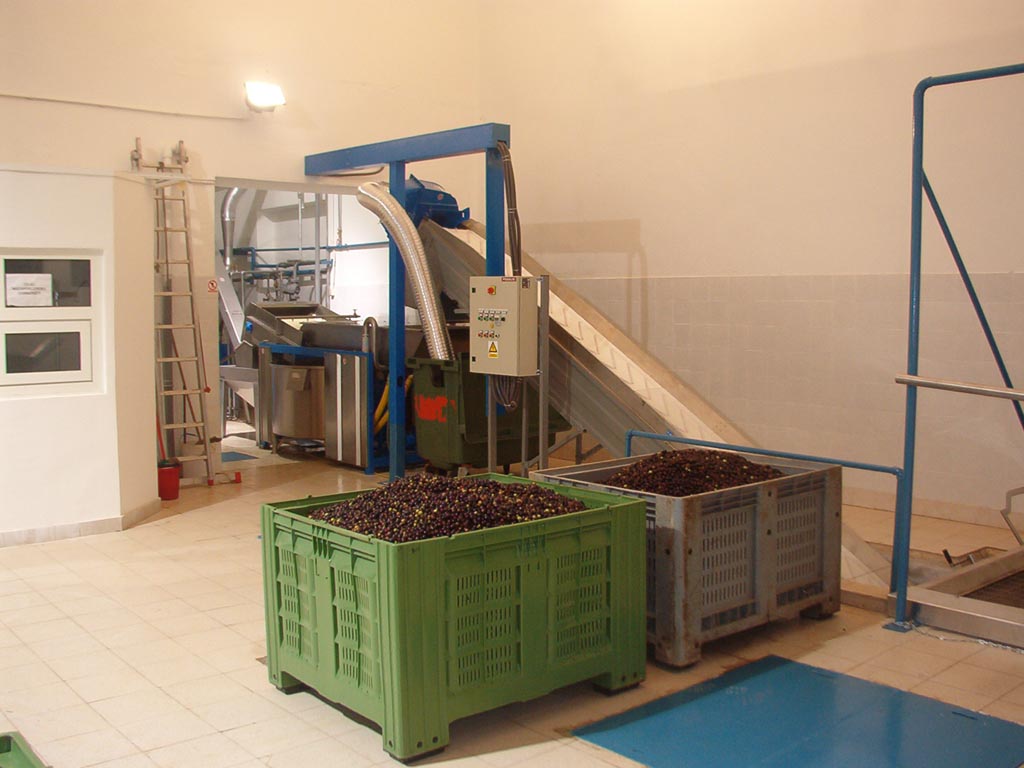|
MyPyramid.gov
MyPyramid, released by the United States Department of Agriculture, USDA Center for Nutrition Policy and Promotion on April 19, 2005, was an update on the earlier American food guide pyramid. It was used until June 2, 2011, when the USDA's MyPlate replaced it. The icon stresses exercise, activity and moderation along with a proper mix of food groups in one's diet (nutrition), diet. As part of the MyPyramid food guidance system, consumers were asked to visit the MyPyramid website for personalized nutrition information. Significant changes from the previous food pyramid include: * Inclusion of a new symbol—a person on the stairs—representing physical exercise, physical activity. * Measuring quantities in Cup (unit), cups and ounces instead of servings. MyPyramid was designed to educate consumers about a lifestyle consistent with the January 2005 ''Dietary Guidelines for Americans'', an 80-page document. The guidelines, produced jointly by the USDA and United States Department ... [...More Info...] [...Related Items...] OR: [Wikipedia] [Google] [Baidu] |
Slogan
A slogan is a memorable motto or phrase used in a clan or a political, commercial, religious, or other context as a repetitive expression of an idea or purpose, with the goal of persuading members of the public or a more defined target group. The '' Oxford Dictionary of English'' defines a slogan as "a short and striking or memorable phrase used in advertising". A slogan usually has the attributes of being memorable, very concise and appealing to the audience. Etymology The word ''slogan'' is derived from ''slogorn'', which was an Anglicisation of the Scottish Gaelic and Irish ( 'army', 'host' and 'cry').Merriam-Webster (2003), p. 1174. Irish George E. Shankel's (1941, as cited in Denton 1980) research states that "English-speaking people began using the term by 1704". The term at that time meant "the distinctive note, phrase or cry of any person or body of persons". Slogans were common throughout the European continent during the Middle Ages; they were used primarily as ... [...More Info...] [...Related Items...] OR: [Wikipedia] [Google] [Baidu] |
Symbol
A symbol is a mark, Sign (semiotics), sign, or word that indicates, signifies, or is understood as representing an idea, physical object, object, or wikt:relationship, relationship. Symbols allow people to go beyond what is known or seen by creating linkages between otherwise different concepts and experiences. All communication is achieved through the use of symbols: for example, a red octagon is a common symbol for "Stop sign, STOP"; on maps, blue lines often represent rivers; and a red rose often symbolizes love and compassion. Numerical digit, Numerals are symbols for numbers; Letter (alphabet), letters of an alphabet may be symbols for certain phonemes; and personal names are symbols representing individuals. The academic study of symbols is called semiotics. In the arts, Artistic symbol, symbolism is the use of a abstract and concrete, concrete element to represent a more abstract idea. In cartography, an organized collection of symbols forms a map layout, legend for a ma ... [...More Info...] [...Related Items...] OR: [Wikipedia] [Google] [Baidu] |
Alcohol (drug)
Alcohol, sometimes referred to by the chemical name ethanol, is the active ingredient in alcoholic drinks such as beer, wine, and distilled spirits (hard liquor). Alcohol is a central nervous system (CNS) depressant, decreasing Action potential, electrical activity of neurons in the brain, which causes the characteristic effects of alcohol intoxication ("drunkenness"). Among other effects, alcohol produces euphoria, anxiolytic, decreased anxiety, increased sociability, sedation, and impairment of cognitive, memory, motor control, motor, and sense, sensory function. Alcohol has a variety of adverse effects. Short-term effects of alcohol consumption, Short-term adverse effects include generalized impairment of neurocognitive function, dizziness, nausea, vomiting, and symptoms of hangover. Alcohol is addiction, addictive and can result in alcohol use disorder, Substance dependence, dependence, and Alcohol withdrawal syndrome, withdrawal upon cessation. The long-term effects of ... [...More Info...] [...Related Items...] OR: [Wikipedia] [Google] [Baidu] |
Candy
Candy, alternatively called sweets or lollies, is a Confectionery, confection that features sugar as a principal ingredient. The category, also called ''sugar confectionery'', encompasses any sweet confection, including chocolate, chewing gum, and sugar candy. Vegetables, fruit, or Nut (fruit), nuts which have been glaze (cooking technique), glazed and coated with sugar are said to be ''Candied fruit, candied''. Physically, candy is characterized by the use of a significant amount of sugar or sugar substitutes. Unlike a cake or loaf of bread that would be shared among many people, candies are usually made in smaller pieces. However, the definition of candy also depends upon how people treat the food. Unlike sweet pastries served for a dessert course at the end of a meal, candies are normally eaten casually, often with the fingers, as a snack between meals. Each culture has its own ideas of what constitutes candy rather than dessert. The same food may be a candy in one culture ... [...More Info...] [...Related Items...] OR: [Wikipedia] [Google] [Baidu] |
Calories
The calorie is a unit of energy that originated from the caloric theory of heat. The large calorie, food calorie, dietary calorie, kilocalorie, or kilogram calorie is defined as the amount of heat needed to raise the temperature of one liter of water by one degree Celsius (or one kelvin). The small calorie or gram calorie is defined as the amount of heat needed to cause the same increase in one milliliter of water. Thus, 1 large calorie is equal to 1,000 small calories. In nutrition and food science, the term ''calorie'' and the symbol ''cal'' may refer to the large unit or to the small unit in different regions of the world. It is generally used in publications and package labels to express the energy value of foods in per serving or per weight, recommended dietary caloric intake, metabolic rates, etc. Some authors recommend the spelling ''Calorie'' and the symbol ''Cal'' (both with a capital C) if the large calorie is meant, to avoid confusion; however, this convention ... [...More Info...] [...Related Items...] OR: [Wikipedia] [Google] [Baidu] |
Protein
Proteins are large biomolecules and macromolecules that comprise one or more long chains of amino acid residue (biochemistry), residues. Proteins perform a vast array of functions within organisms, including Enzyme catalysis, catalysing metabolic reactions, DNA replication, Cell signaling, responding to stimuli, providing Cytoskeleton, structure to cells and Fibrous protein, organisms, and Intracellular transport, transporting molecules from one location to another. Proteins differ from one another primarily in their sequence of amino acids, which is dictated by the Nucleic acid sequence, nucleotide sequence of their genes, and which usually results in protein folding into a specific Protein structure, 3D structure that determines its activity. A linear chain of amino acid residues is called a polypeptide. A protein contains at least one long polypeptide. Short polypeptides, containing less than 20–30 residues, are rarely considered to be proteins and are commonly called pep ... [...More Info...] [...Related Items...] OR: [Wikipedia] [Google] [Baidu] |
Dairy
A dairy is a place where milk is stored and where butter, cheese, and other dairy products are made, or a place where those products are sold. It may be a room, a building, or a larger establishment. In the United States, the word may also describe a dairy farm or the part of a mixed farm dedicated to milk for human consumption, whether from cows, buffaloes, goats, yaks, sheep, horses or camels. The attributive ''dairy'' describes milk-based products, derivatives, and processes, and the animals and workers involved in their production, for example dairyman, dairymaid, dairy cattle or dairy goat. A dairy farm produces milk and a dairy factory processes it into a variety of dairy products. These establishments constitute the global dairy industry, part of the food industry. The word ''dairy'' comes from an Old English word for ''female servant'', as milking was historically done by dairymaids. Terminology Terminology differs between countries. In the United States, for ex ... [...More Info...] [...Related Items...] OR: [Wikipedia] [Google] [Baidu] |
Cooking Oil
Cooking oil (also known as edible oil) is a plant or animal liquid fat used in frying, baking, and other types of cooking. Oil allows higher cooking temperatures than water, making cooking faster and more flavorful, while likewise distributing heat, reducing burning and uneven cooking. It sometimes imparts its own flavor. Cooking oil is also used in food preparation and flavoring not involving heat, such as salad dressings and bread dips. Cooking oil is typically a liquid at room temperature, although some oils that contain saturated fat, such as coconut oil, palm oil and palm kernel oil are solid. There are a wide variety of cooking oils from plant sources such as olive oil, palm oil, soybean oil, canola oil ( rapeseed oil), corn oil, peanut oil, sesame oil, sunflower oil and other vegetable oils, as well as animal-based oils like butter and lard. Oil can be flavored with aromatic foodstuffs such as herbs, chilies or garlic. Cooking spray is an aerosol of coo ... [...More Info...] [...Related Items...] OR: [Wikipedia] [Google] [Baidu] |
Fruit
In botany, a fruit is the seed-bearing structure in flowering plants (angiosperms) that is formed from the ovary after flowering. Fruits are the means by which angiosperms disseminate their seeds. Edible fruits in particular have long propagated using the movements of humans and other animals in a symbiotic relationship that is the means for seed dispersal for the one group and nutrition for the other; humans, and many other animals, have become dependent on fruits as a source of food. Consequently, fruits account for a substantial fraction of the world's agricultural output, and some (such as the apple and the pomegranate) have acquired extensive cultural and symbolic meanings. In common language and culinary usage, ''fruit'' normally means the seed-associated fleshy structures (or produce) of plants that typically are sweet (or sour) and edible in the raw state, such as apples, bananas, grapes, lemons, oranges, and strawberries. In botanical usage, the term ''fruit'' als ... [...More Info...] [...Related Items...] OR: [Wikipedia] [Google] [Baidu] |





